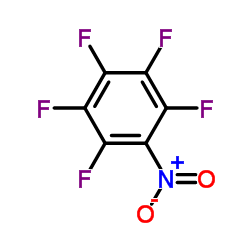| Structure | Name/CAS No. | Articles |
|---|---|---|
 |
perfluoronitrobenzene
CAS:880-78-4 |
| Structure | Name/CAS No. | Articles |
|---|---|---|
 |
perfluoronitrobenzene
CAS:880-78-4 |